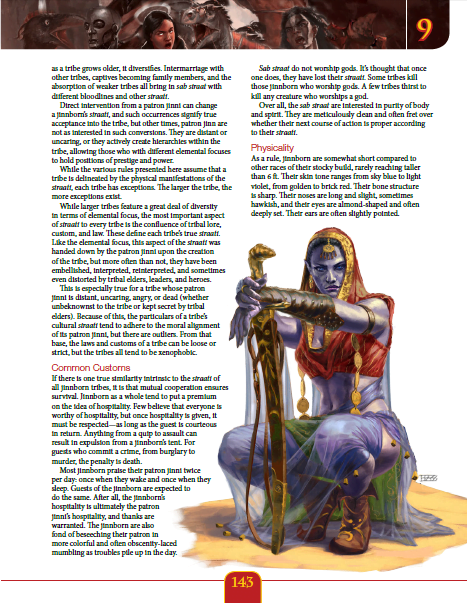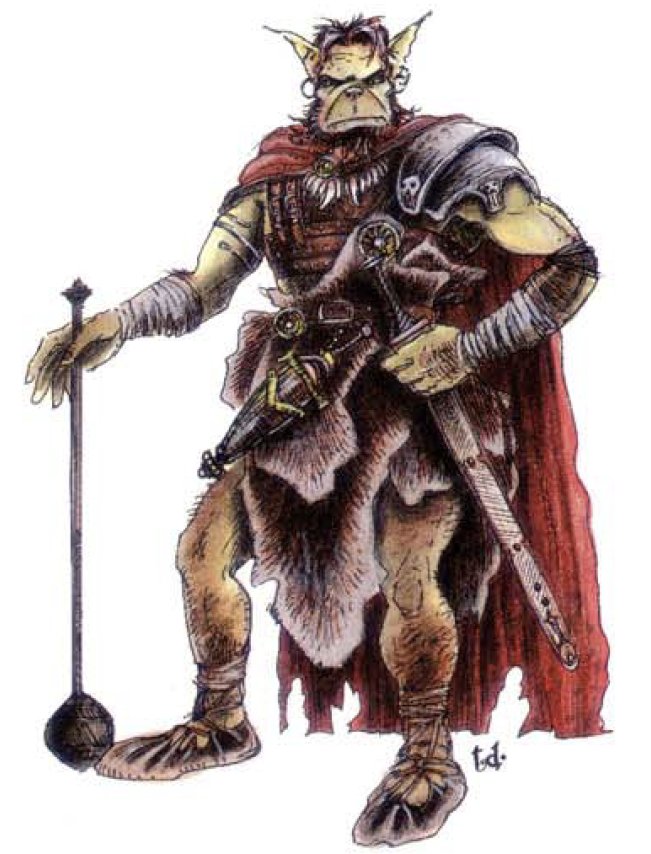D&d Monstrous Races Pdf
Posted : admin On 27.10.2019Zack MacLeod Pinsent, the 25-year-old British gentleman who dandies it up every single day of the year!When I put on a mostly clean pair of pants (and yes, sweatpants count as pants), and put on a shirt that requires actual buttons to fasten up, I expect people I come across to curtsy in front of me while saying, “ Good day, me lord.” Like, I’m that fucking fancy. But my kind fancy is absolutely homely raggedy trash (“ You think?” – anyone with eyes) compared to the Jane Austen-ness that Zack MacLeod Pinsent decorates the streets with all day, every day.
D, also known as Dlang, is a multi-paradigm system programming language created by Walter Bright at Digital Mars and released in 2001. Andrei Alexandrescu joined the design and development effort in 2007. Though it originated as a re-engineering of C, D is a distinct language. Browse, borrow, and enjoy titles from the Tennessee READS digital collection.
Whether you’re playing an all-monster party or just want to play a monstrous race in an otherwise normal party, this document presents rules for playing every creature in the Monster Manual, new feats and backgrounds for monstrous characters, analysis of officially published races, highly detailed rules for building your own races, new rules for tiny races, and rules for templates for player characters.This supplement is for 5th-edition Dungeons and Dragons. Excellent question! Unfortunately, it's hard to say. If your Treant character is a spellcaster, the ability to cast a spell which normally requires Concentration without concentrating is a huge advantage.
If your Treant is a fighter or something, you don't need to worry about saving throws to maintain Concentration, but otherwise very little changes. So whether or not it's still balanced has a great deal to do with how the race is being used. That makes it difficult to provide a general assessment of how valuable a specific change might be.But, as always, I encourage you to experiment on your own.

Try it out for a while and if it becomes a problem change it back or try something else. Looks like you're very interested in big creatures. Every creature larger than medium size was reduced to medium size by default for playability. While it doesn't specifically address size changes, the Introduction Design Notes section explains much of the philosophy behind how I designed the traits for each race. The core document doesn't include rules for characters larger than medium size because I needed more time after publishing the original document to work out the mechanics of players above medium size.Monstrous Races and Monstrous Races 2 both include an additional file titled 'Monstrous Races Addendum - Larger Players' which includes options for playing creatures above medium size using several methods, including adjusting the base racial traits, taking feats, and taking levels in a template. I encourage you to read those rules, and use them however you like. I wrote Monstrous Races knowing that not everyone would agree with every design decision I made, and I want.
See more you to feel empowered to make adjustments to make things work the way you think they should. That's why include design notes for everything; I want you to understand my thoughts so that you can make informed decisions about what to keep and what to change. I have however found three mistakes, one in page 33 in which the Chimera is referred to as a Centaur in its design notes, another in page 34 in which the cloaker is missing its Moan and phantasm traits, and a third one in the Cockatrice's entry in which 'a giant, rotting chicken' should be either 'a giant, rotting, chicken' or 'a giant rotting chicken'. Thanks a lot, I know have a Kobold artificer in my campaign, and he's hilarious! (I know there is an official kobold race, but they suck). Thanks for pointing out that error in the Chimera entry, Noam.

I'll get that corrected and I'll upload an updated document soon.I'm happy to hear that you're enjoying your Kobold Artificer! That sounds like a really fun character, and I'm thrilled to hear that my version of the Kobold is working for you.I wasn't sure about the comma issue, so I went and did some research, and I found this helpful article:to that article, the rule is to put a comma between two or more 'qualitative' adjectives, but there's no comma between the adjectives and the noun. You also don't need a comma if there's one qualitative adjective and one classifying adjective. So 'a giant, rotting chicken' works if we consider 'giant' and 'rotting' as qualitative adjectives, and 'a giant rotting chicken' works if we consider 'giant' a qualitative adjective but we consider.
Tum ho paas kehne ko humsafar hai mp3 download. Mar 08, 2019 A beautiful melody from the ALT Balaji wed series Kehna Ko Humsafar Hain, Tum Ho Pass has been composed by Aashish Rego and voiced by Amruta Devendra Fadnavi.
See more 'rotting' a classifying adjective. Personally I prefer the first option because I don't typically classify chickens based on whether or not they are rotting, but life is strange and my experience is certainly not universal.
I would love help! If you find any errors, feel free to post them here. I make routine updates every time I find errors (or when I sneak in new content for the Race Builder rules, which usually happens when I'm working on the next Monstrous Races), and many of those errors were spotted by members of the community.In terms of keeping wording consistent with language used in the official sourcebooks, I try to adhere to the Player's Handbook. The language used for things like natural weapons and innate spellcasting has evolved over time as new sourcebooks have been published, and I think the new language is certainly better than what was in the PHB, but I can't continually rework all of my content to match the new language ever time a new supplement comes out.

As much as I would like to do that, it would mean that I wouldn't have time to work on new content! Sorry for the extremely delayed response.
D-mannose
Apparently DMsGuild doesn't send me notification emails of replies on an existing comment chain.Updated versions of the Player's Handbook clarify that all creatures are proficient with natural weapons, so the language granting proficiency is no longer necessary. All natural weapons apply Strength to attack and damage unless otherwise specified, just like a human throwing a punch.There's definitely some missing text in the vampire's Shapechanger ability, though, so I'll get that corrected as soon as I can. Excellent work. I think there's an error with the air genasi though. In the Innate Spellcasting section of Appendix A it status that 'an Air Genasi can cast Levitate (a 1st-level spell) at 3rd level.' However, levitate is a 2nd level spell, and the genasi can cast it at 1st level.
This also breaks the rule in the Innate Spellcasting table claiming that a race having the ability to cast 'a spell 2 levels earlier than a primary spellcaster of the appropriate level' is 'not allowed.' This error also affects the analysis of the air and earth genasi, as pass without trace is also a 2nd level spell available at 1st level. Recalculating the BP gives me 6 BP for each (assuming a level 2 spell available 2 levels early is only 2.5 BP). Still not stellar, but a little more viable as is.